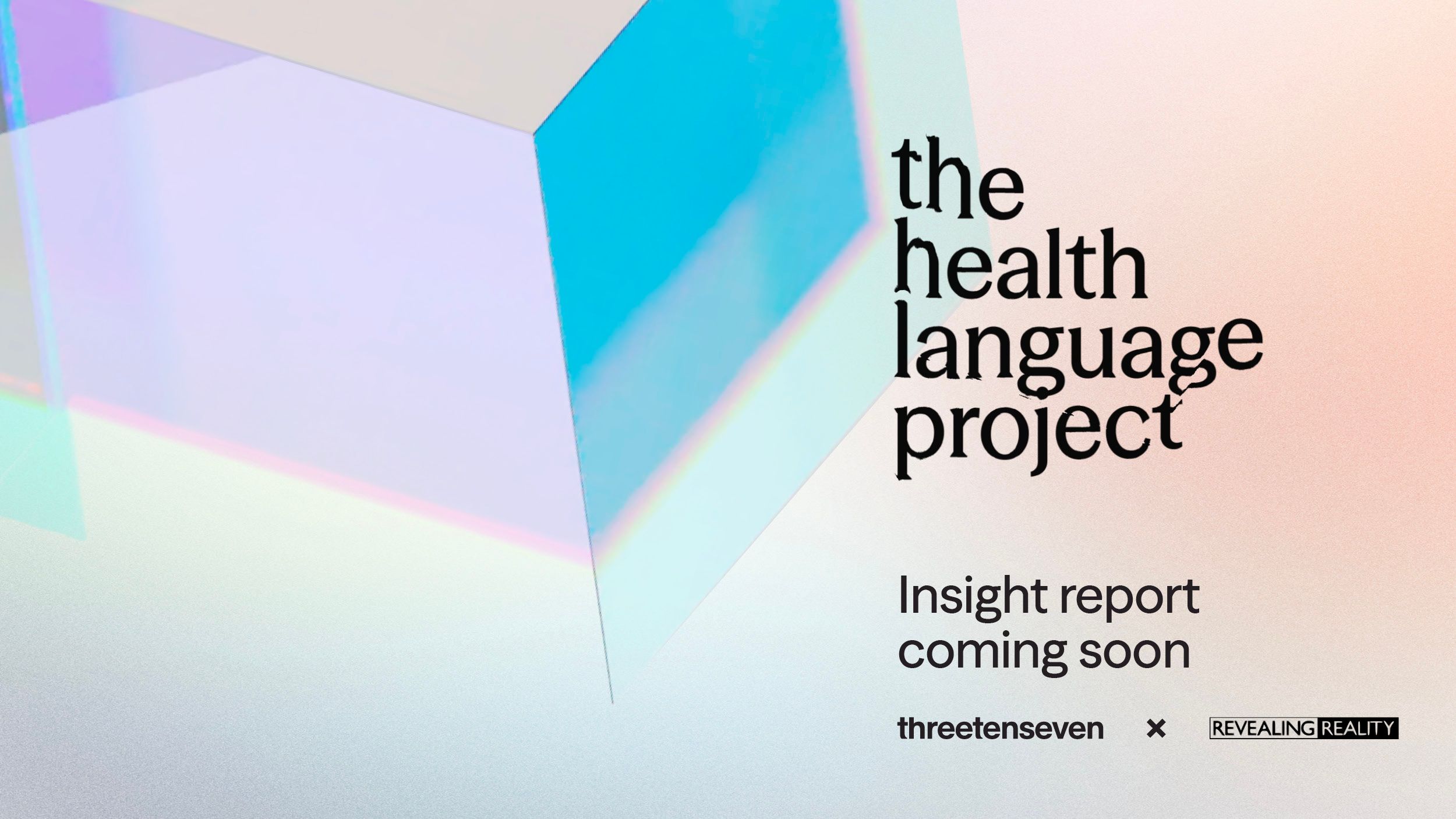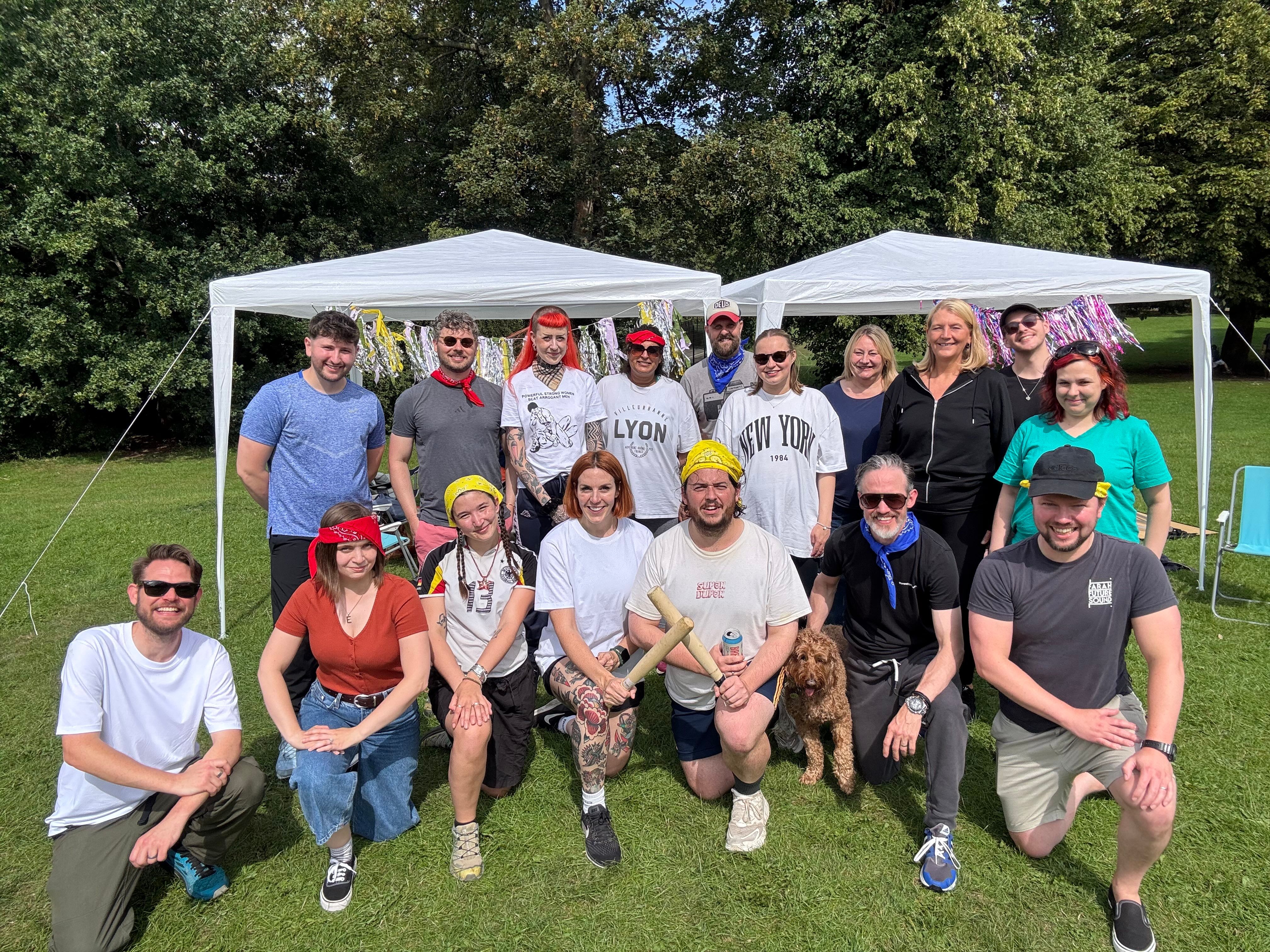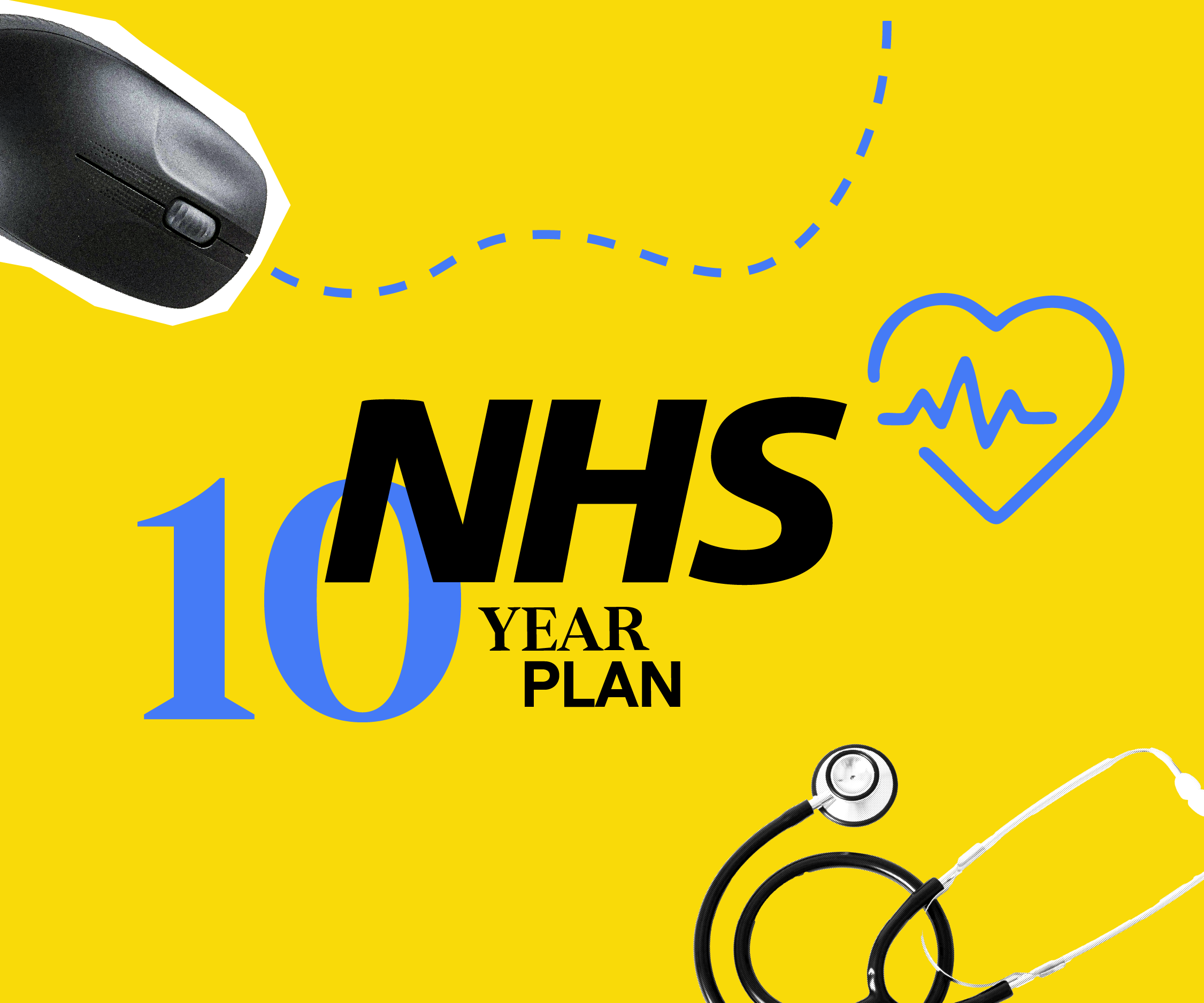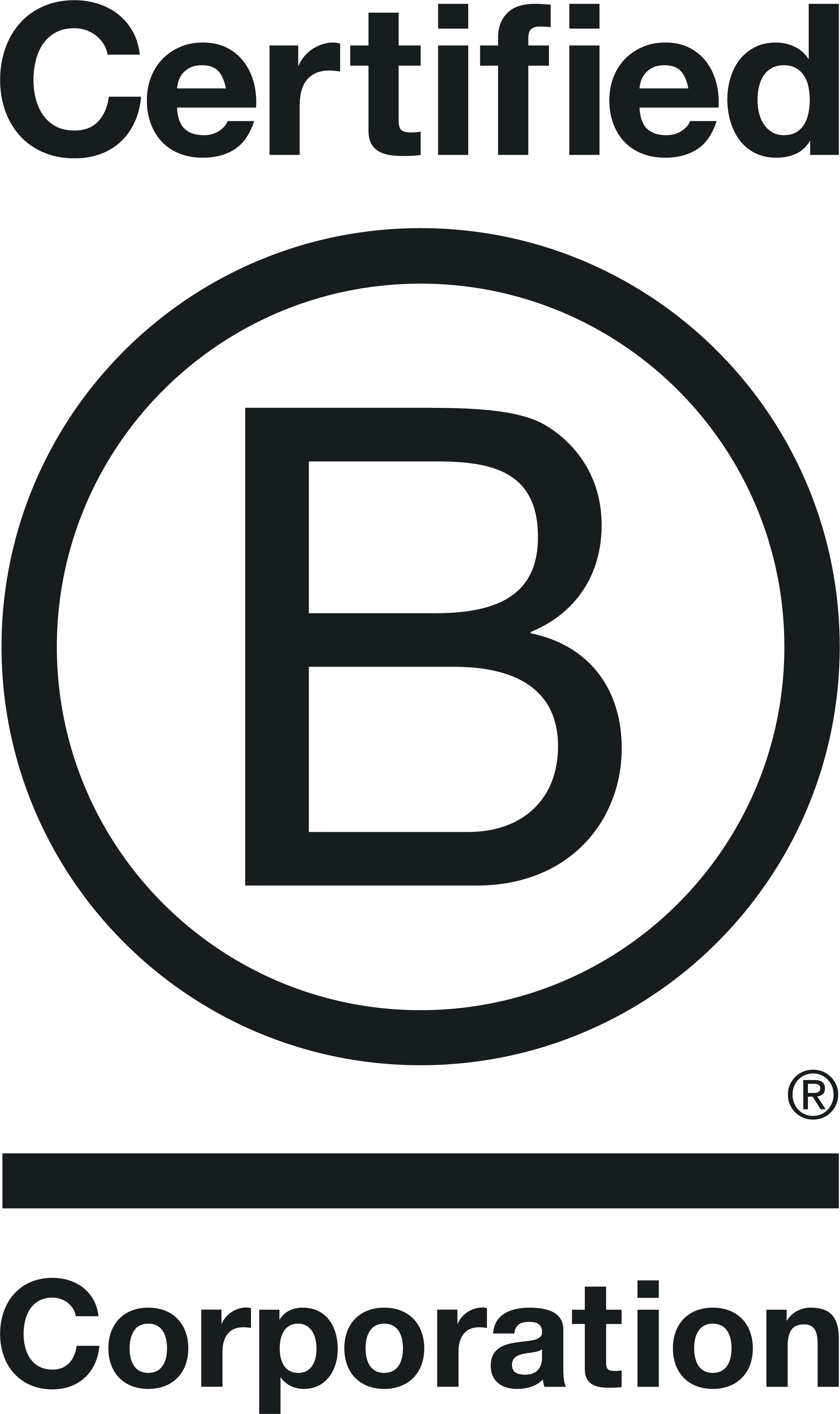To successfully drive behaviour change in health, words are perhaps our most powerful weapon. Whether that is for prompting uptake of preventative health behaviours, driving app downloads, treatment adherence or communicating about symptoms, smart use of language can create a movement of people feeling convinced and empowered to make a change.
But communicating about health messages is undeniably challenging.
You’ve got to strike the right tone, being respectful and empathetic while still driving behavioural change.
You have to recognise audience diversity, and that each of us brings our own context to the table but get to your point and not be wishy-washy.
You need your message to be striking to cut through a million other messages, while also getting clinical, legal and brand to sign it off.
In striking this balance, crafting health messages can often become a matter of compliance and clinical safety only. Health messages can end up edited the point of being devoid of persuasive powers. They’re overly medicalised or scientific, and confusingly similar to the next, they fail to connect on a human level and they don’t feel unique to a brand. No wonder then that patients don’t engage (and that comms teams struggle to hit targets).
On the flipside, health communications are sometimes left entirely to marketeers who don’t have adequate expertise or frameworks for driving behaviour change in patients, some of which clinicians learn in practice over their careers. In these instances, there can be a lack of real insight driving health campaigns and communications, and the upshot can be broad-brush health messages laid across broad-brush media channels. The lack of integration of good behaviour change principles and segment-specific messaging harms impact and effectiveness, and simply risks being a big fat waste of time and resources.
The world is becoming full of identikit, bland health messages that neither offend nor make a difference to health outcomes. Something has to change.
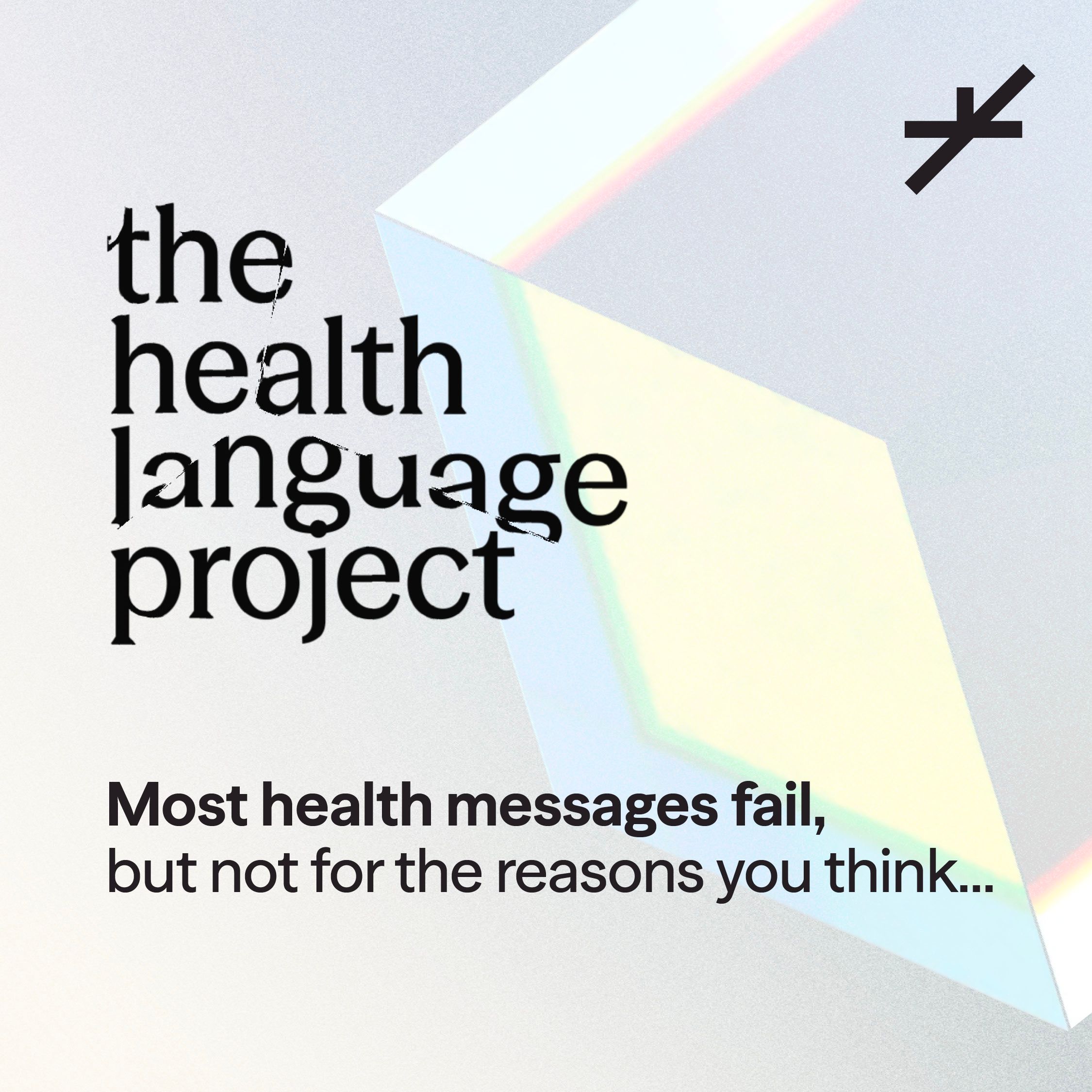
Framework for health communications
We recommend the need for a framework for communicating health messages effectively, with an evidence-based approach to using language to drive healthy behaviour change. We believe that this framework should be full of nuance of how best to change health behaviours in specific demographic and psychographic segments, instead of assuming that one size fits all, because in health, more than anything, health is deeply personal.
This is exactly what we’re creating via the Health Language Project.
Pioneering research into health communications
ThreeTenSeven is conducting a pioneering behavioural science experiment focussed on the language of wellbeing. Working with leading research agency Revealing Reality, we are conducting a nationally representative study that tests the effectiveness of contrasting styles and tones of health messaging, assessing both baseline attitudes and behaviours and stated appeal and intent to change. From here we will develop a framework to allow for truly effective health communications, that actually change behaviours – without sacrificing style or safety.
Ultimately, by bringing scientific experimental design to health communication challenges, we will continue with our mission to drive better health outcomes by enabling more effective communications, whether you’re in digital health, health tech, healthcare, public sector or something else altogether.
